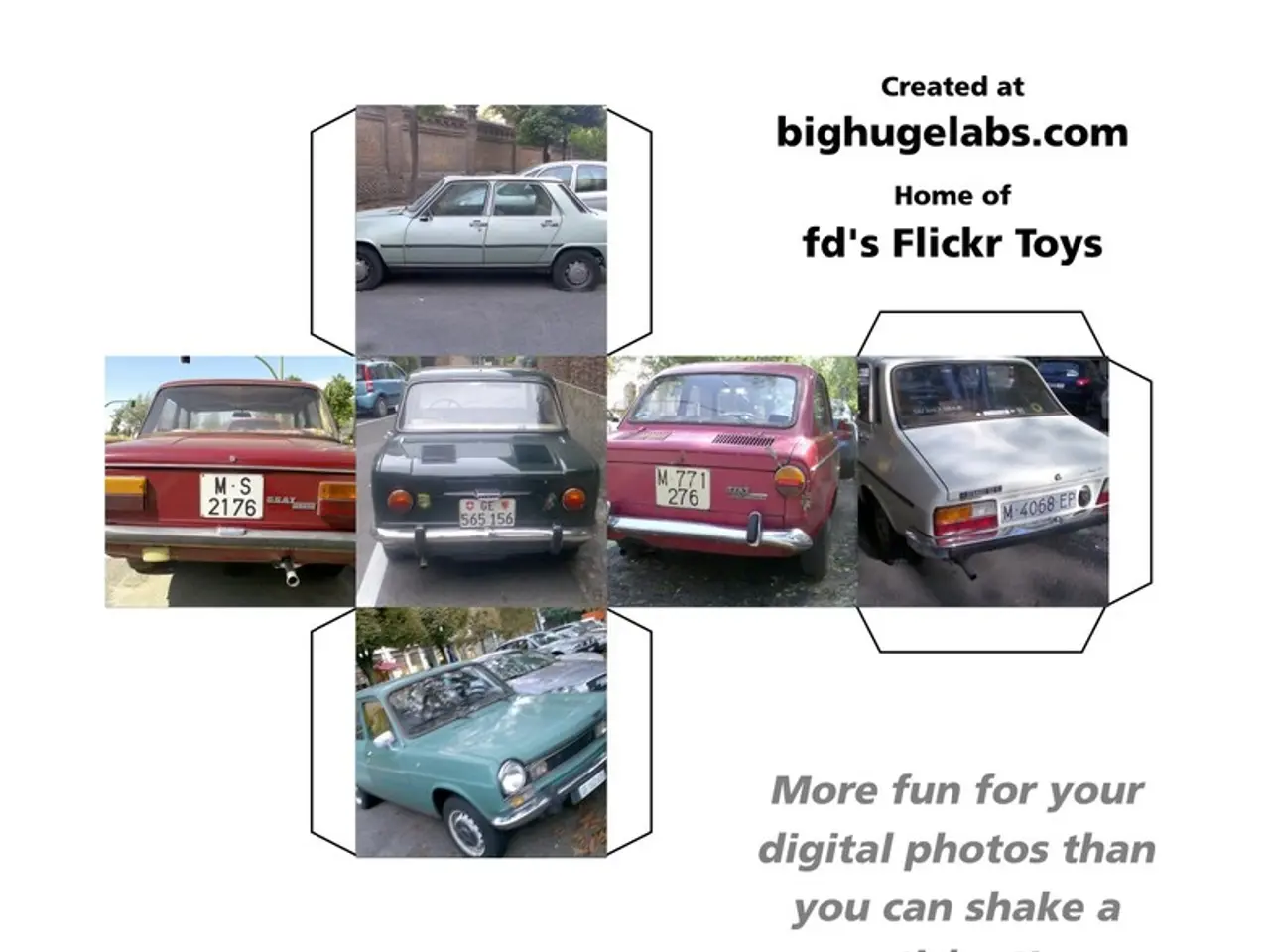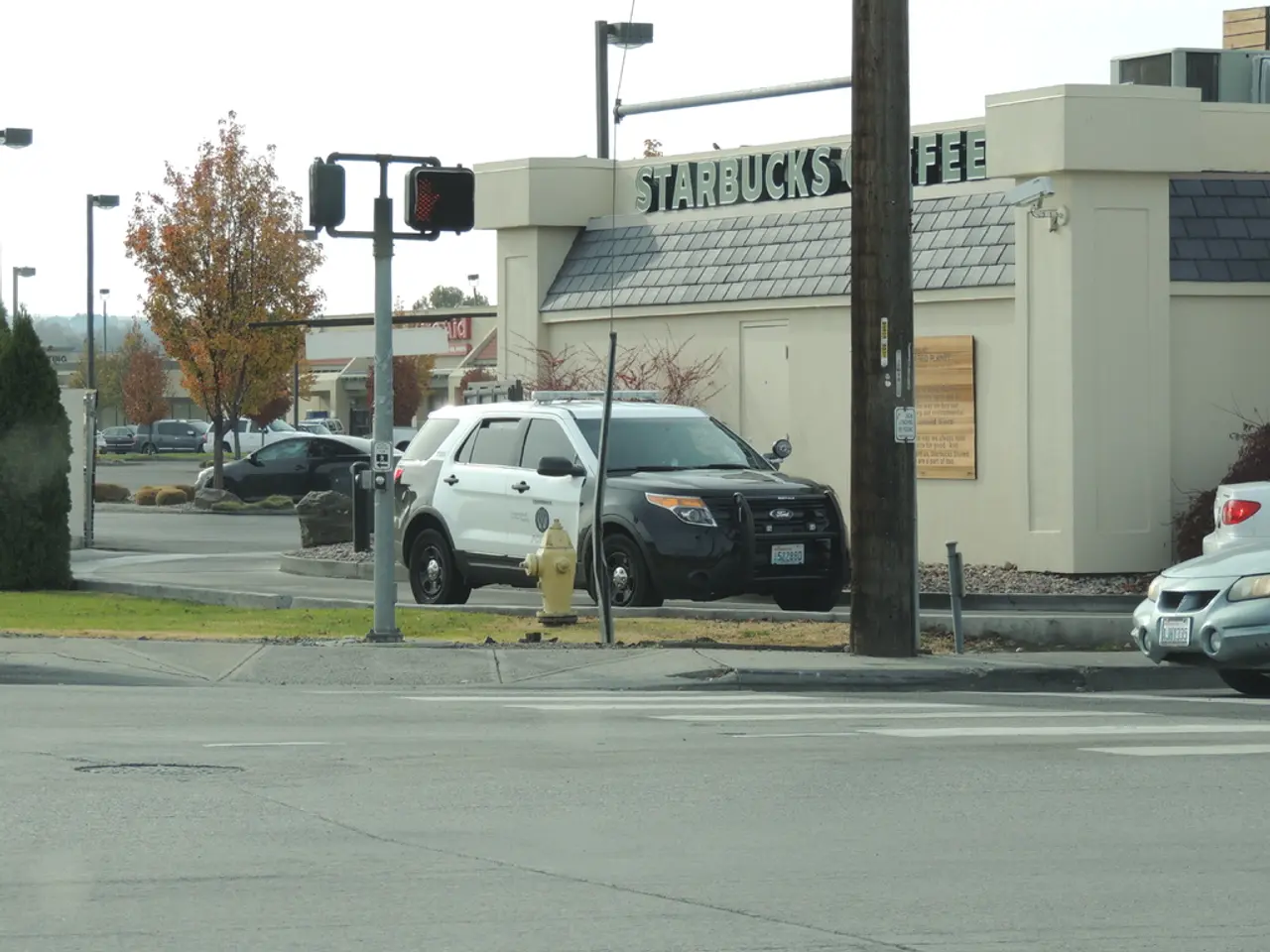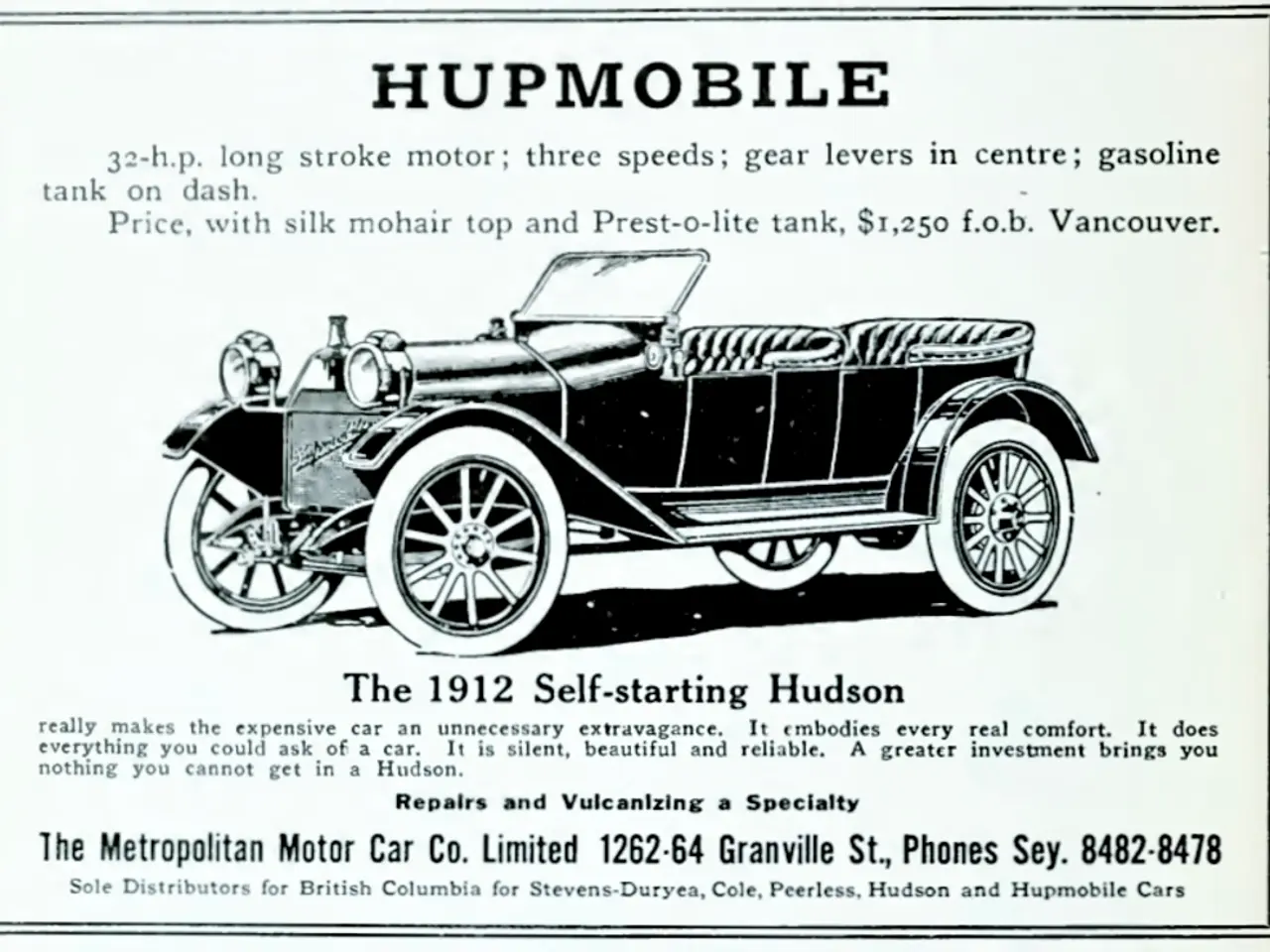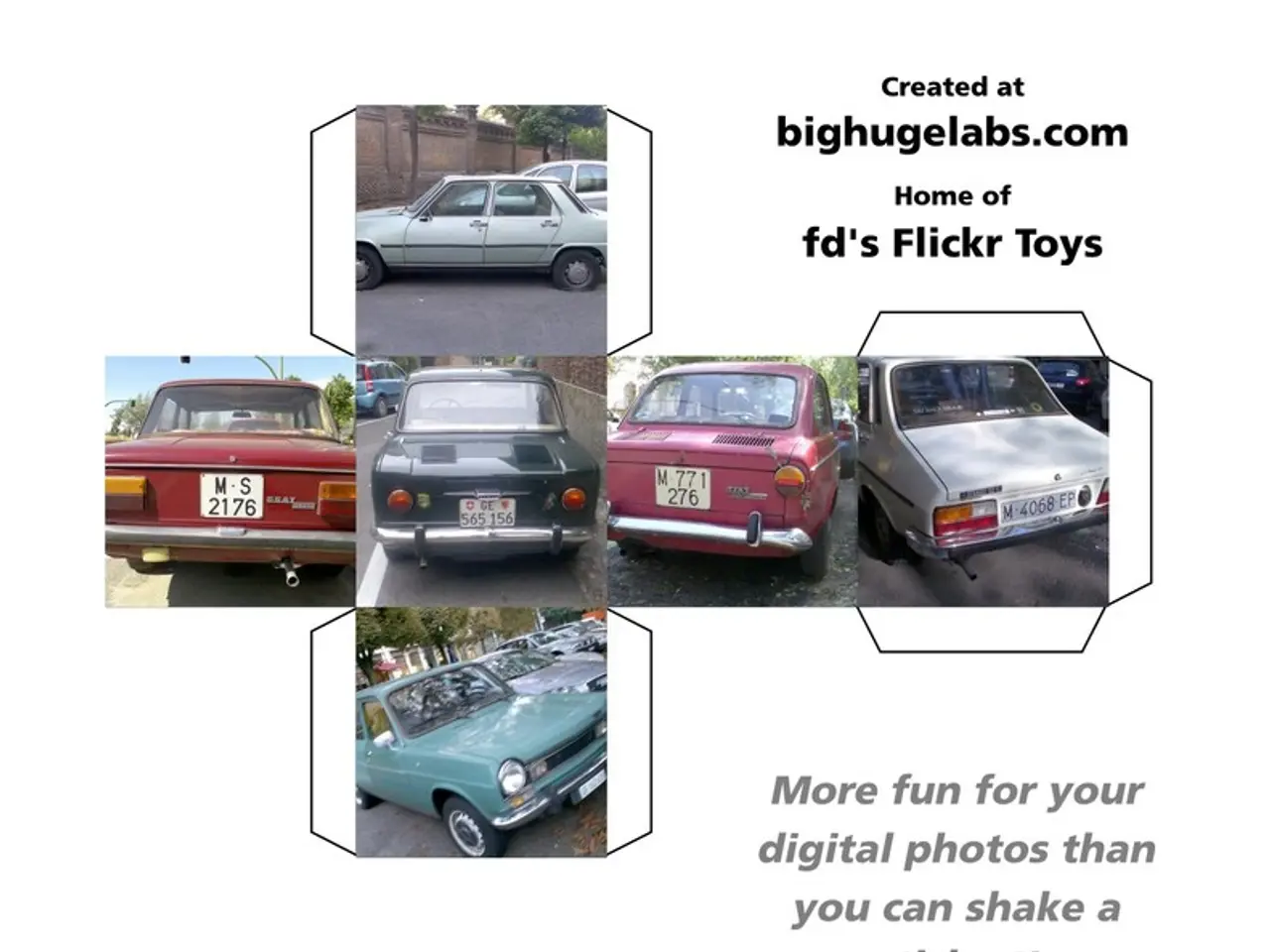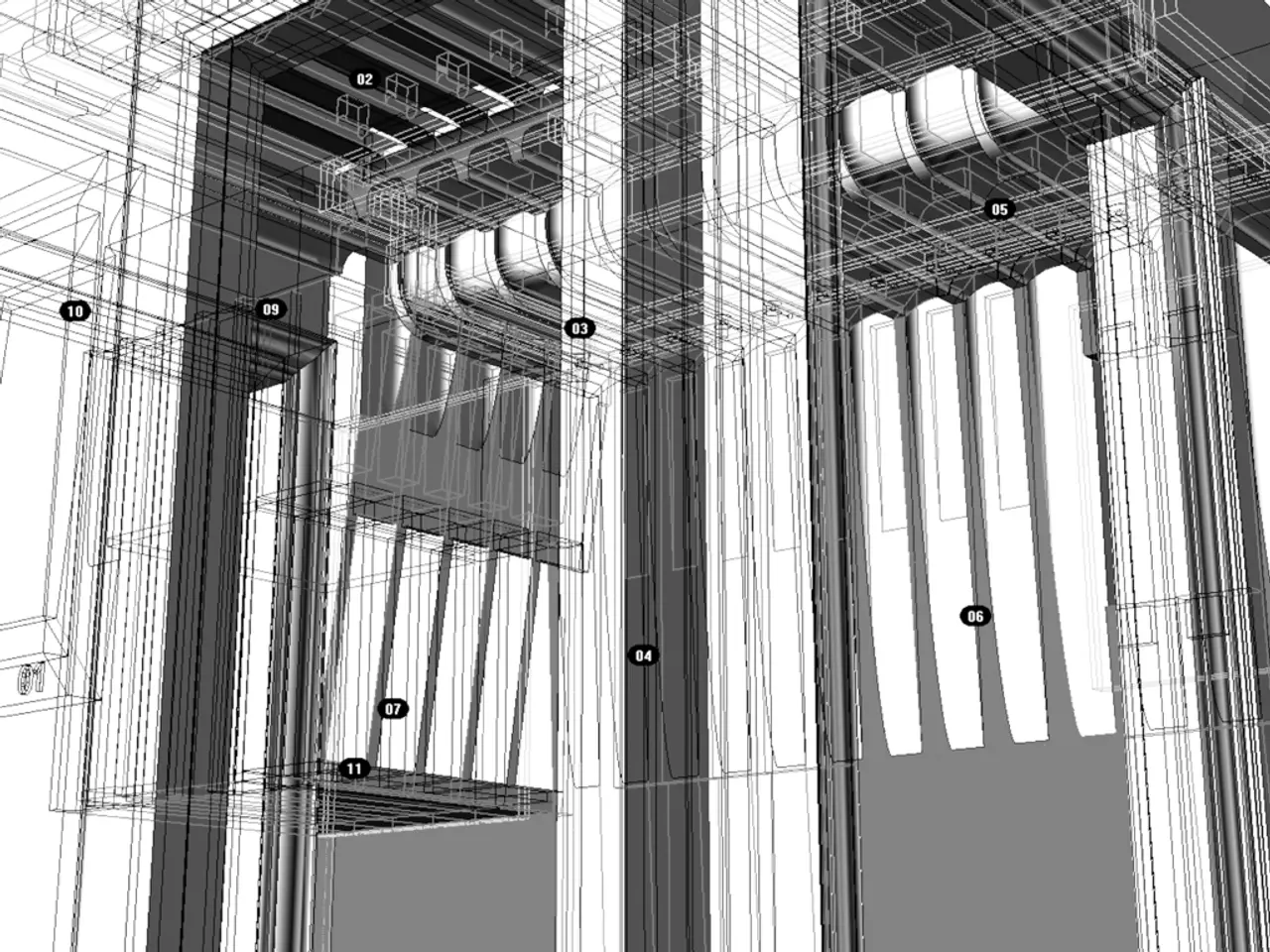Australian research reveals that hybrid vehicles may consume as much as 33% more fuel than the advertised figures suggest.
In a recent round of testing, the Australian Automobile Association (AAA) discovered that 25 out of 30 vehicles failed to meet their laboratory fuel consumption figures, with 11 vehicles consuming 10% or more fuel than lab results indicated [1][3][4]. Six vehicles also exceeded the allowable limits for noxious emissions under Australian standards, including the Ford Ranger, Toyota Hi-Ace, and Toyota Fortuner [1][4].
The AAA's Real-World Testing Program aims to provide consumers and fleet buyers with fuel consumption and emissions data that reflects actual driving conditions rather than laboratory results [2]. The testing involved a variety of vehicles, including large SUVs, vans, small cars, a ute, and people-movers, and was conducted on a 93km route around Geelong, Victoria [5].
The results showed a significant variation, with some vehicles using 6% to 31% more fuel on the road than in lab tests, while a few models actually performed better than lab claims, such as the Kia Cerato and Volkswagen Tiguan, which used 10% to 13% less fuel than expected [2].
The AAA highlighted the ongoing issue of manufacturers optimizing vehicles to perform well in lab tests, which does not always translate into real-world fuel savings or emissions reductions [1][2]. The program will soon expand to include electric vehicles, aiming to assess if their actual driving range aligns with consumer expectations—addressing concerns over "range anxiety" that affects EV uptake [1].
Since 2023, the program has examined emissions from 114 vehicles and found that 88 models failed to meet their promised fuel consumption [6]. The Hyundai Kona Hybrid registered the greatest gap in fuel consumption during recent tests, using 33% more fuel on the road than in the lab [7]. Five vehicles, however, used less fuel than expected, such as the Ford Transit van (9% less), Lexus NX350h SUV (7% less), and Mercedes-Benz GLC250 SUV (3% less) [5].
The federal government's program, which aims to reward carmakers that deliver genuine financial and environmental savings, has not yet announced any specific plans for rewarding carmakers that deliver on their promised fuel consumption and emissions standards [8].
This latest round of testing underscores a widespread discrepancy between certified and real-world vehicle fuel efficiency and emissions, raising concerns about overstatements of environmental and economic benefits in official ratings [1][2][4]. As more electric vehicles hit the market, the AAA will soon expand its tests to compare their on-road performance with consumer expectations.
- The AAA's Real-World Testing Program, which aims to provide accurate fuel consumption and emissions data in real-world conditions, has unveiled that several vehicles, such as the Ford Ranger, Toyota Hi-Ace, and Toyota Fortuner, have exceeded the allowable emission limits in the Australian automotive industry.
- As the market becomes flooded with electric vehicles, the program will expand to include these vehicles in its tests, aiming to assess whether their actual driving range matches consumer expectations to alleviate concerns relating to technology-based transportation's "range anxiety" and ultimately drive more meaningful financial and environmental savings across the industry.
